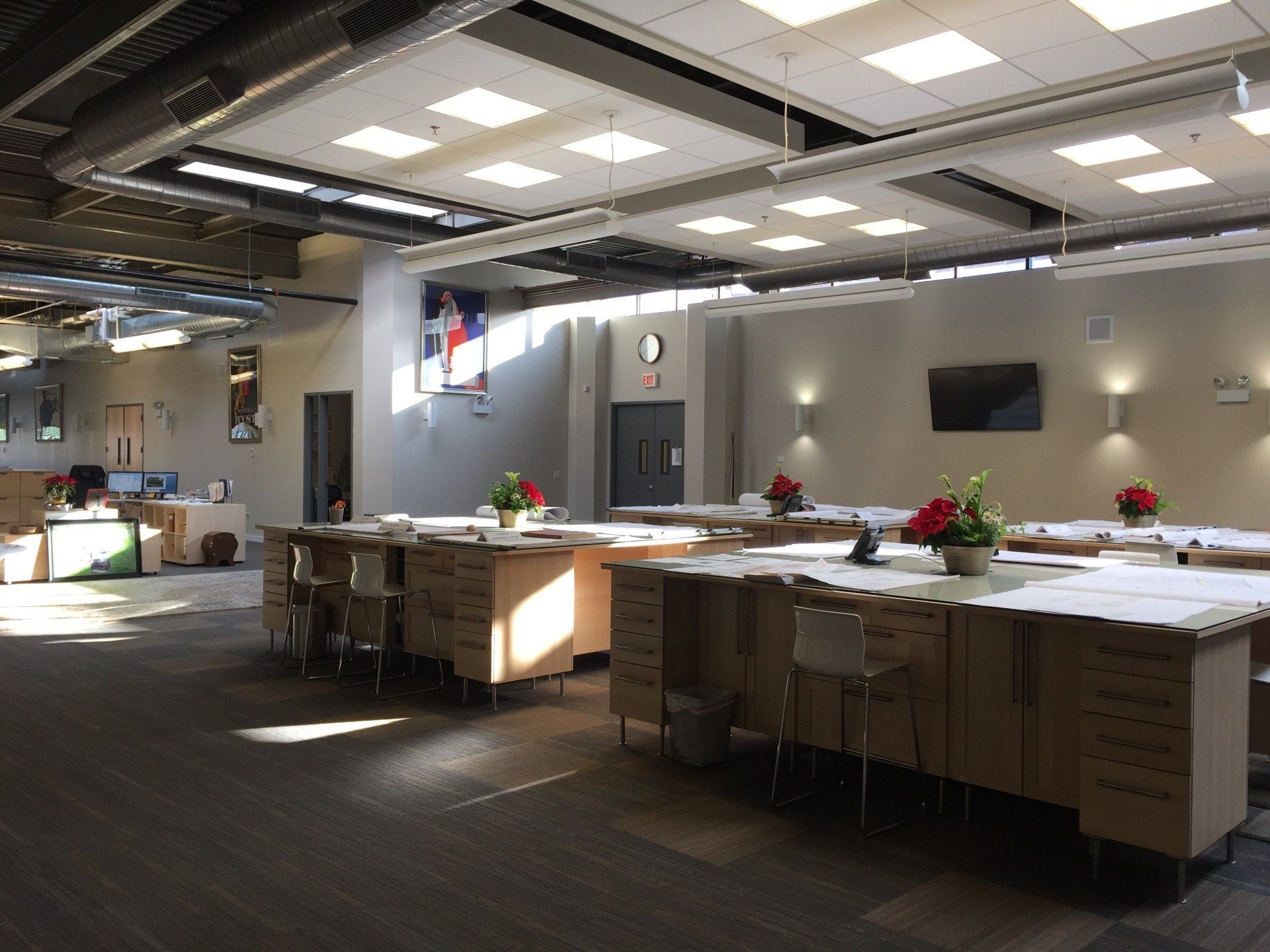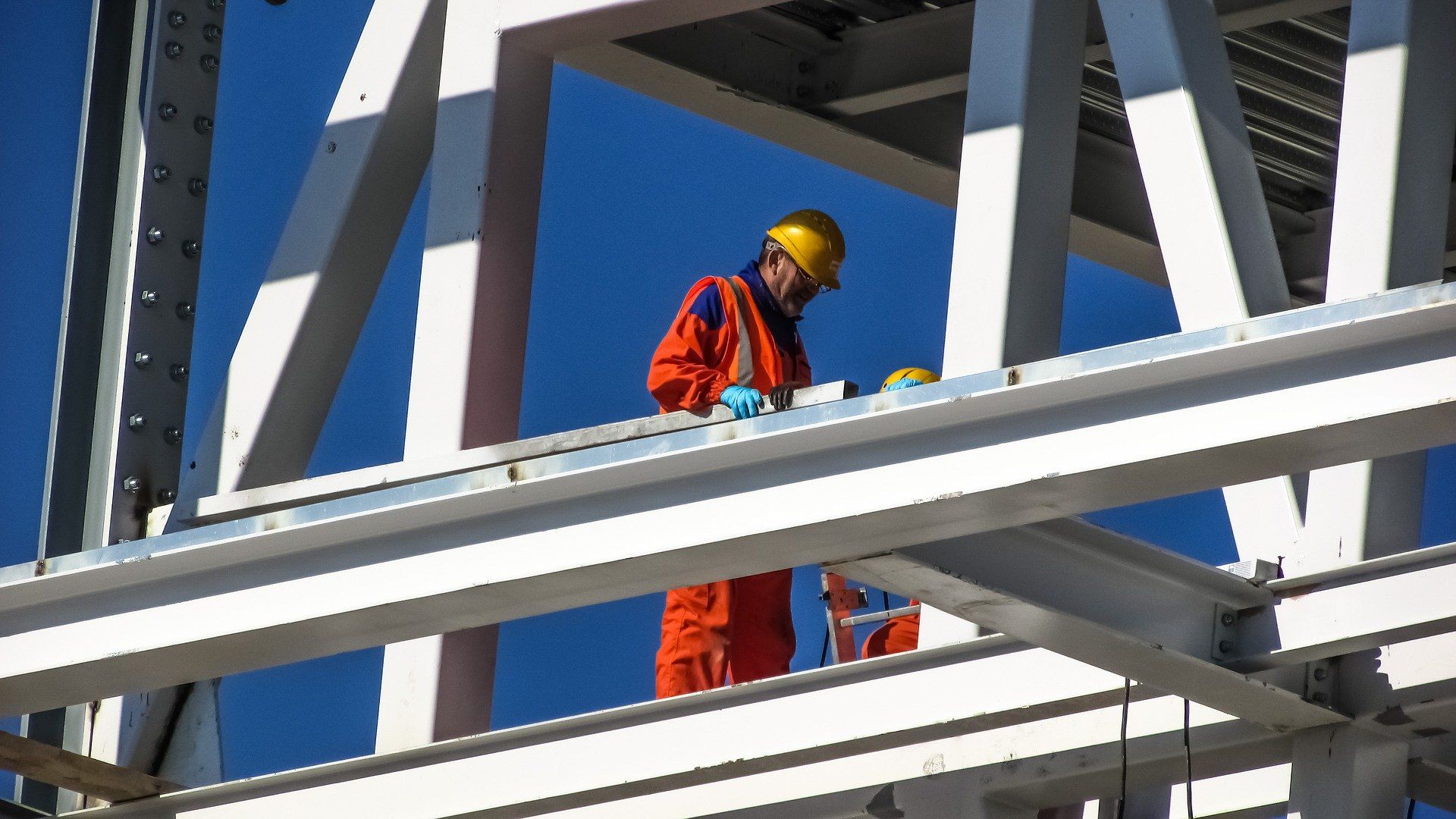The Dangers of Oversized Equipment
Cold and clammy buildings - Humid conditions in the space - More equipment failures and downtime. These are just a few of the "benefits" of installing oversized equipment. Read more to find out how oversized equipment effects both installation and operating costs.

We have been well served by the logic that says if you have a certain amount of something good, then it is better to have more of that something. For example, if you have two cars, it is better to have three, or if you have two hundred dollars, it is better to have four hundred dollars. While this logic may be good for cars, houses and dollars, it can be very bad for air conditioning systems. That is, if a 40 ton air handler will do the job just fine, there is no benefit to installing a 50 ton unit. In fact, not only is there no benefit to installing the larger unit, it will also not provide the proper comfort for the space and will actually hurt your project. Let me explain.
When selecting equipment, most designers will size the unit or units to handle the total building cooling and heating loads at design weather conditions. These conditions occur from 2.5% to 5% of the year. AT Mechanical Contractors use ASHRAE 1% design conditions of 95-degree dry bulb and 75-degree wet bulb for our summer design calculations. These are more stringent than the required standards for code.
That is, your building, or rather EVERY building is should be (!) designed to operate effectively on July 8th at 2:00pm on a sunny, humid afternoon.
Building cooling load is comprised of many things, including internal loads (such as people, lights and equipment) and external loads (such as solar loads, outdoor temperatures and ventilation or outdoor air requirements). The requirements of most of the parameters of the loads are relatively easy to agree upon, however there can be problems.
Internal Loads
The load that can cause some confusion and many problems is the internal equipment loads, or so-called "miscellaneous sensible loads".
About ten years ago there was a tendency with some owners, leasing agents, developers and engineers, -perhaps burned by underconditioned buildings of the past- to specify combined lighting and equipment loads up to 10 watts per square foot. While yesterday's hi-efficiency lighting took up approximately 1.5 watts per square foot, this meant equipment loads of 8.5 watts/sf. This was very, very high (!) and unnecessary.
Today, a reasonable and conservative estimate of load is achieved by using between 2.0 and 3.0 watts/sf for lighting and equipment loads for the majority of office conditions.
In retail applications, practically all conditions are well served with a sf/ton range in between 350 and 400 sf/ton, not the 250 to 300 that is common. It's as if prospective tenants and their representatives perceived the additional tonnage as being "beneficial" when in fact it is "detrimental" for reasons that are described below.
Spaces with higher than normal outside air requirements/exhaust requirements, should have these treated with make up air and not through oversized mechanical cooling equipment.
Traditional Sizing
Another more common recent trend is the oversizing of equipment based upon rules of thumb, even with the direct evidence of a load calculation as evidence of a lower tonnage requirement.
What is happening these days is that our building envelopes, that is roofing, walls and windows, have become so, so much more efficient and tight, that the old rules of thumb really do not even apply anymore. In some cases, they are not even close! Couple this effect with reduced lighting and internal heat loads and the efficiency effect is even more magnified.
The new IECC 2012 and ASHRAE 2010 specify commercial (and residential) building envelopes and sealing techniques that effectively make today's buildings 25% to 50% more efficient than buildings built just 15 or so years ago.
This means that cooling (and heating) systems must be designed to match these buildings. That's right! Cooling systems that are 25% and 50% smaller.
High miscellaneous heat loads, super high sf/ton requirements, ultra conservative designs, super efficient and tight building envelopes and the application of cooling safety factors result in grossly oversized systems. The following "benefits" are reaped by this approach...
1) Cold and clammy buildings
2) Humid conditions in the space
3) Re-humidification
4) Indoor air quality control problems
5) Short cycling of equipment
6) Shorter equipment life
7) More equipment failures and downtime
8) Higher maintenance cost
9) Less plenum space available for other trades
10) Undesirable drafts
11) Undesirable noise level
12) Higher operating expenses
13) Higher installed costs
Buildings with oversized equipment tend to be cold and clammy as the air conditioning systems tend to have wide on and off cycles. When they are on, they blast large volumes of very cold air which satisfy thermostats quickly and cycle the units off. While the cooling is off, the now inactive cooling coil is performing no de-humidification and the space becomes uncomfortably humid, due to the presence of condensed water on the still cold coil. In fact, during off cycles, "re-humidification" occurs as untreated moist ventilation air continues to be introduced to the space. Compounding this problem is the fact that residual water on the indoor coil from the last cooling cycle "re-evaporates" into the untreated air stream during the off cycles. The short cycling of compressors creates serious reliability and oil control problems, which naturally lead to more equipment failures, downtime and shorter equipment life. This results in higher maintenance costs. The oversized equipment requires oversized ductwork to move all that oversized air. This means more difficult coordination and cramped plenums. The high quantities of air mean noisier ductwork and the colder air delivery temperature means that there is a higher likelihood of drafts when the unit is running. The bigger compressors and fans need more energy to operate, which creates higher operating expenses. And finally, to add insult to injury, not only do you get all these "benefits" with an oversized air handling unit, you also get to PAY MORE for it initially!
A conservative design, with the real envelop figured into the load, with a reasonable application of diversity loads, no cooling safety factors, proper selection of multi-compressor, multi-stage air handlers and proper ductwork design will provide the owner and tenant with years of trouble free thermal and acoustical comfort, with lower first cost and lower operating costs.
Please call Alex Tompsidis of AT Mechanical @ 847-341-2828 for all your comfort needs.



